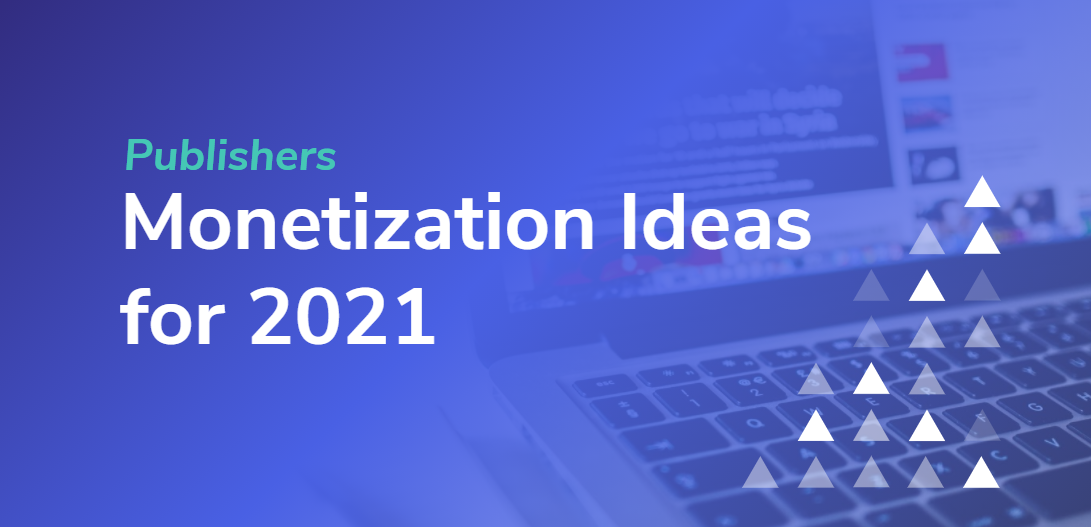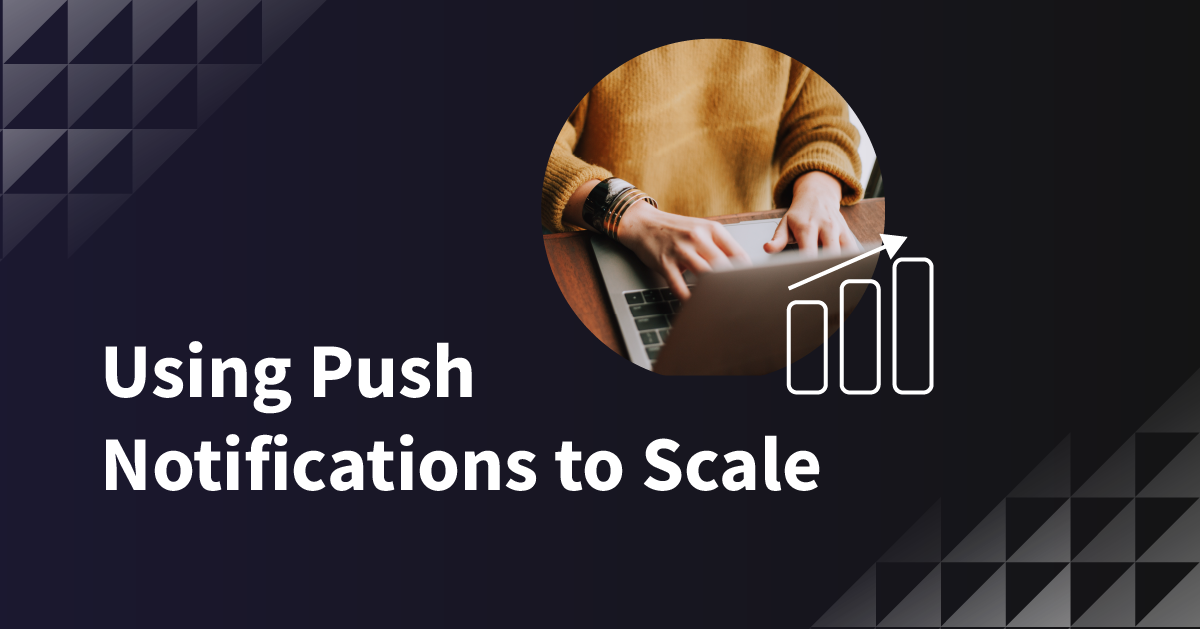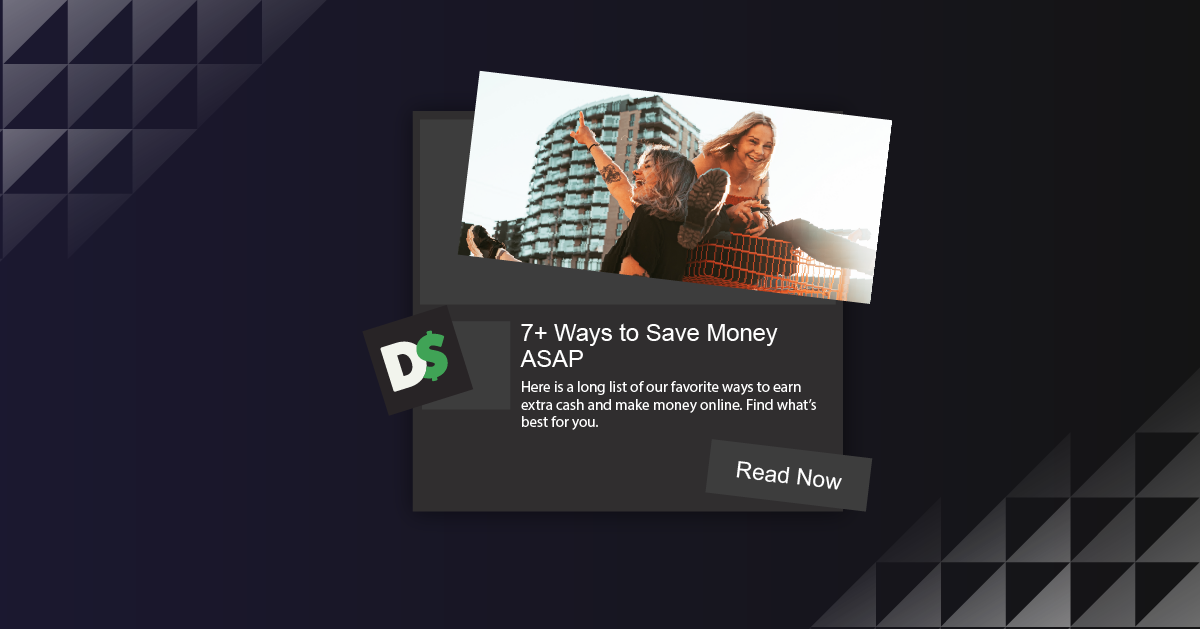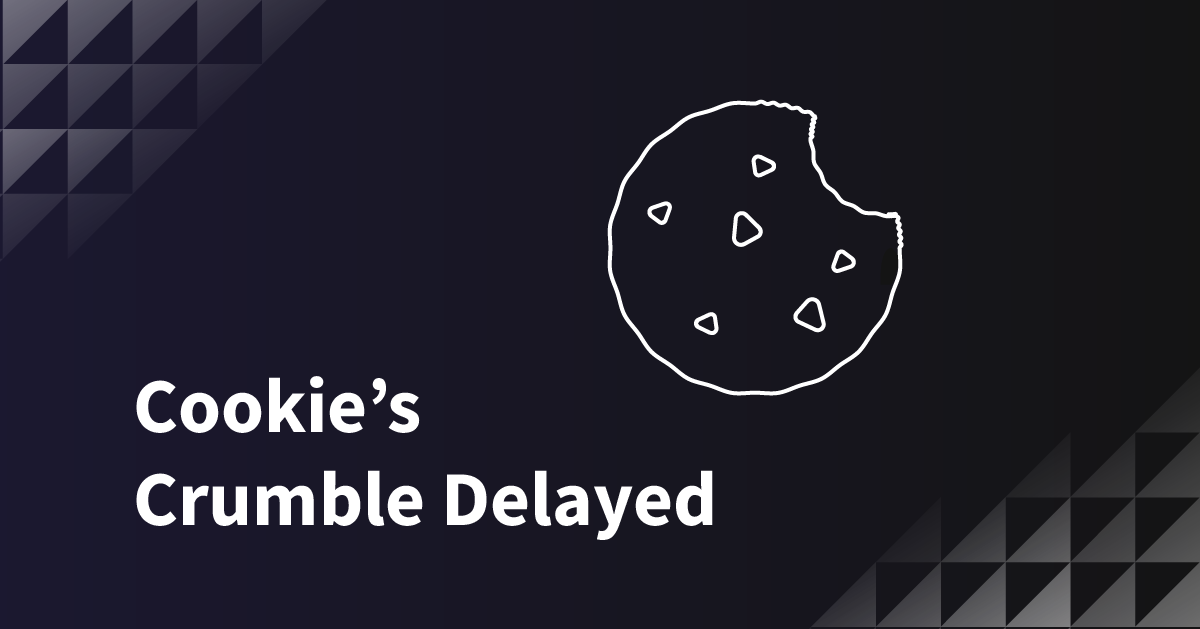Monetizing content has never been an easy process in the news and content world—and the universe continues to hurl new challenges at the industry. The end of third-party cookies (which has been the foundation for digital publishers for targeted ad serving) means publishers will no longer be able to identify users, making it harder to monetize their traffic effectively. Applying frequency capping on ads, measuring the effectiveness of ads through cross-device conversions and creating an audience list to deliver personalized content to just won’t be the same.
Publishers are already all too familiar with the uphill struggle of persuading their respective audiences to pay for access to their news and content sites. Especially since free content is what brings people to your website and keeps them coming back. So is it possible that publishing content for free is actually one of the first steps to successfully monetizing your site?
Whether you publish several daily news stories for free a day or give guides and white papers away for free, there are plenty of ways to monetize content. Subscriptions aren’t the only method to generate revenue, but the more free content you give away, the harder you need to work to build up outside revenue sources.
Here’s how to monetize your free online content:
Place exclusive content behind a paywall
When navigating subscription programs, publishers can use the free content on their sites as a sales tool. It’s easier to funnel someone into your subscription cycle when they’ve already read and enjoyed several pieces of content. Consider this: when someone lands on a website from a search engine or social media post and is hit with a paywall, they aren’t likely to stick around. Posting a certain percentage of articles in front of a paywall and others behind one helps ensure your bounce rates are minimal.
By only placing the most in-depth and exclusive pieces of content behind a paywall, you lessen the risk of annoying browsers who will then drop off your site because they aren’t sure your content is worth another failed click. The free content should be just as compelling as the paid in order to reel potential subscribers in. This tactic works best for those already generating a substantial amount of search engine traffic.
Try out affiliate links
Even if you can’t quite nail down what exactly it is, you’ve seen affiliate marketing all over the internet. It’s a type of performance-based marketing that awards commission for clicks. You’ve likely noticed it most among social media influencers and popular bloggers. Publishers who post articles and blogs promoting things like product guides can link the products they mention using unique URLs provided by ecommerce retailers. When a reader clicks on a link and purchases the targeted item(s), publishers can earn a commission on the sale.
Online publishers and local news outlets find success in affiliate linking as long as they practice transparency. In other words, publishers should disclose the use of affiliate links in their content to protect their reputations. This protects news and media sites as the audience is aware of the possibility of bias.
Use display advertising
Display ads that run along alongside free editorial content are effective and easy to manage. Publishers can work with large ad networks such as Google or they can sell ads to local businesses directly and seamlessly place those ads with the help of an ad management tool. Display advertising is best utilized with free content as the content behind a paywall receives less traffic and clicks.
Make donating easy and compelling
Your audience appreciates what you do and is aware that content isn’t the easiest thing to monetize. Nonprofit publications can use free content to ask their readers to donate. The question is, what’s the best method to solicit the request?
Publishers can use overlays, push notifications, in-house ads and intelligently placed links to encourage their readers to pay to support the publication in question. Use A/B testing to determine which calls-to-action and types of content elicit the strongest responses from your audience and go from there.
Monetize using email
Capture free subscribers on your site and then set up daily campaigns triggered by your subscriber’s interests. You can include ads and affiliate links to turn your email cadences into strong revenue drivers. Newsweek’s free newsletter service changed overnight from a cost center to a profit center by taking advantage of this strategy.
Use push notifications to grab their attention
Push notifications can be particularly useful in offsetting some of the loss of audience and traffic created by the constant social media algorithm changes that drag publishers’ content off of the newsfeeds. Push notifications can even link subscribers to sponsored content where the content itself offers valuable, relevant information to the subscriber. Newsweek gained more than 500,000 web push subscribers in less than eight weeks after getting started with web push.

As always, your audience is your most valuable asset. Monetization strategies are only effective if you invest the time in growing your readership and build a rapport with your readership. Keep your audience and subscribers coming back to you time and time again by trying out push notifications.



